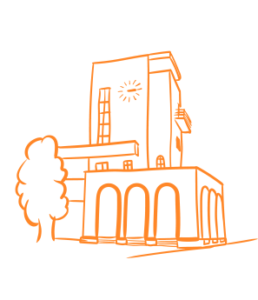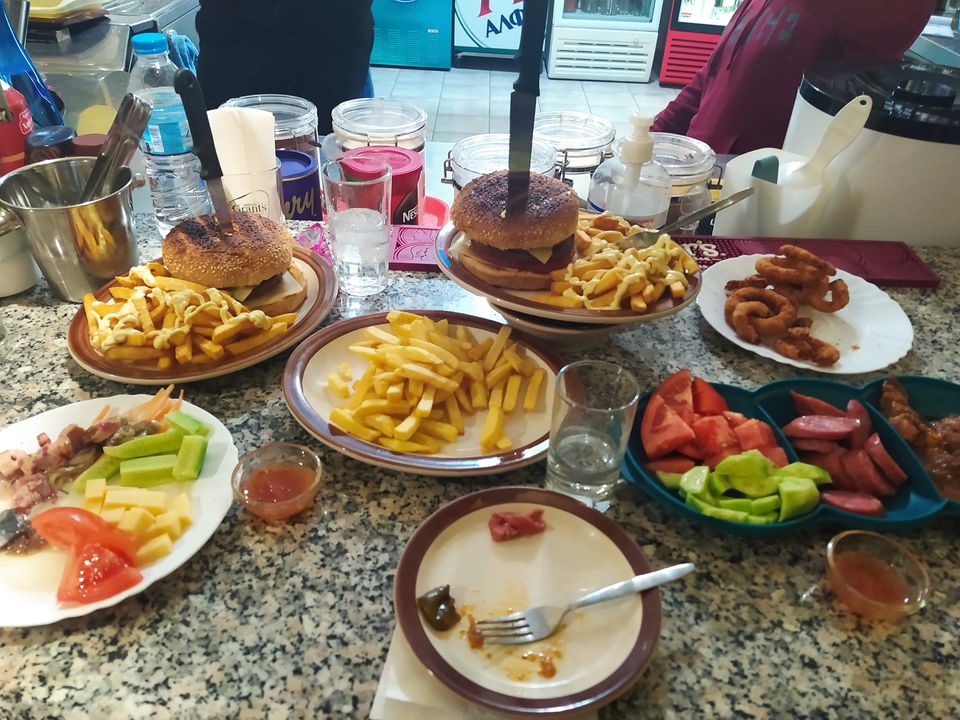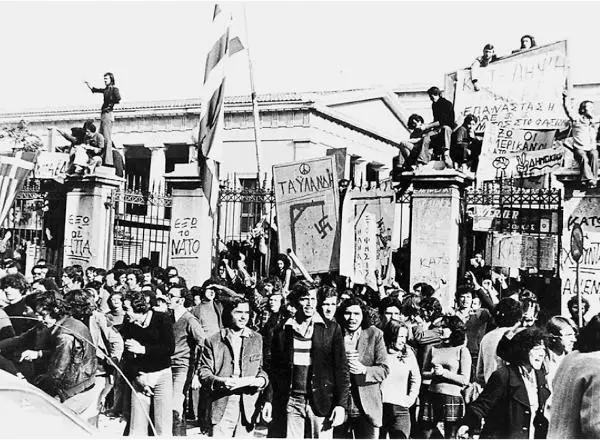As the Italian military presence on the island of Leros increased, the issue of housing shortage for officers, non-commissioned officers, and employees in public works companies became apparent.
In 1932, Mario Lago first reported this problem to the Italian Ministry of Foreign Affairs. The proposed solution was accepted, and after modifications in 1934, the construction of the first houses began in 1936 in the already expropriated area known to all as Lakki or Porto Lago.
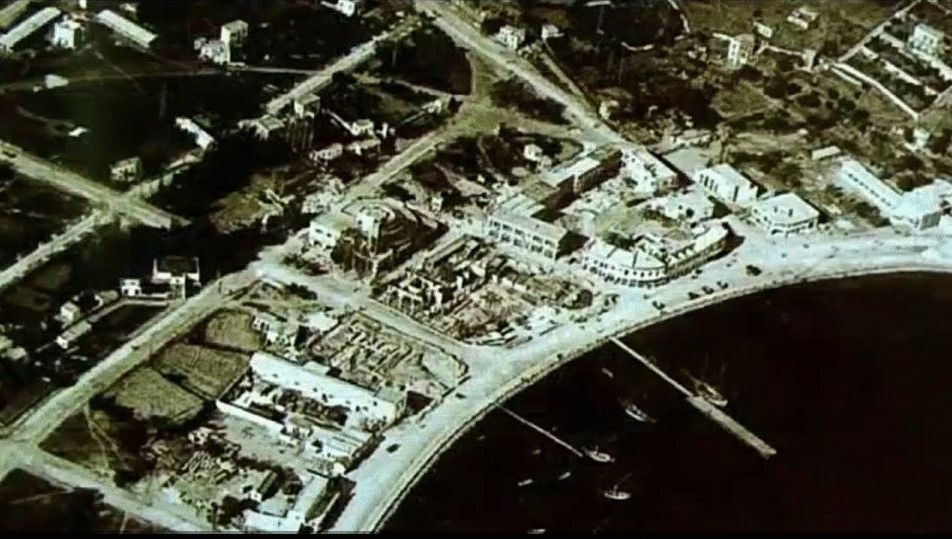
In April 1933, a seismic event of 6.6 magnitudes occurred in the underwater area between Kos and Nisyros, destroying the old town of Kos. Consequently, based on this event, new buildings in Lakki, Leros, were ordered to be constructed according to the seismic laws of that time. This change significantly increased the economic budget of the then I.G.N.I.S. (Public Servants Housing Company). Architects, engineers, craftsmen, and workers worked under strict control to complete the project within the next two years. The plans were submitted, and everything was ready for the significant step.
The Vittorio Isolica di Rodi Company undertook the enormous task. By the end of 1936, the then-new governor visited the island of Leros and took over the first buildings. The completion of the project would be delayed because:
-
Most materials were imported from Italy.
-
There was a shortage of workers and craftsmen due to the simultaneous construction of dozens of new projects on the island.
-
There was an explicit prohibition on unloading construction materials at the port of Lakki because it was the naval base.
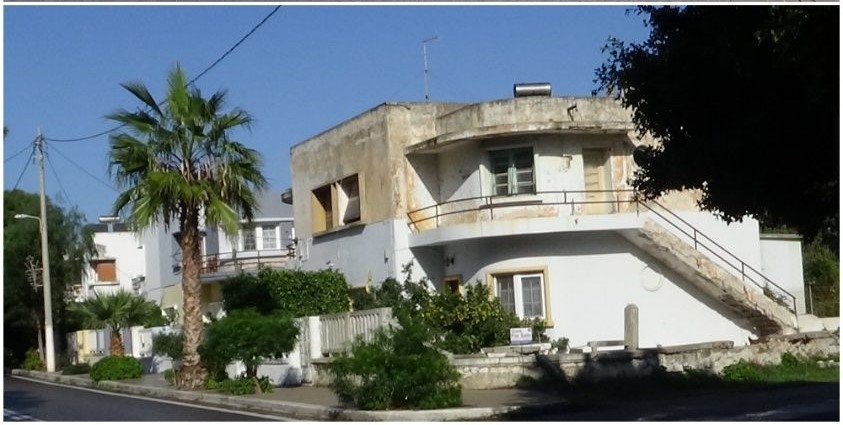
As a result, unloading materials had to be done elsewhere, causing delays in construction. Engineer Rodolfo Petracco took on the task of building the first four single-story villas on the central road Viale del Re. At the same time, engineer Bernabiti undertook the construction of six two-story complexes on Viale Impero, each containing four small residences for non-commissioned officers. A separate, unique villa was created for a senior officer on Via Gienoves, and dozens of other houses were constructed in this unique city of Porto Lago.
The houses were built with a concrete and iron frame and were entirely stone-built to withstand earthquakes and the salt of the sea. These were homes constructed to withstand the test of time, with distinctive simple architecture, courtyards and balconies, large openings in doors and windows, gardens, and spacious intervals between residences for appropriate tree planting, providing the feeling of “living amidst the green and the blue of the sea.”
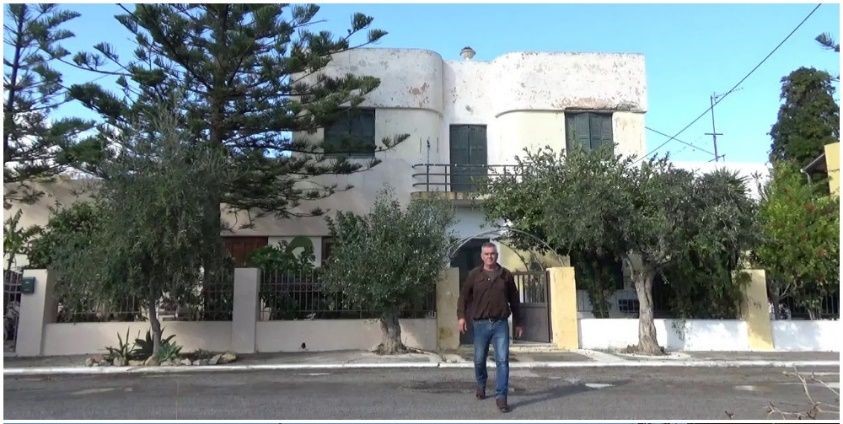
Lakki… a pioneering city for that era! A city with underground tunnels for rainwater drainage, sidewalks on the left and right, roads allowing four cars to cross simultaneously, with its school, market, church, customs, harbor master’s office, hotel, post office, theater, town hall, hospital, and many other useful buildings that cannot be described on a single sheet of paper.
The construction of houses in the new city continued until Italy, and all of Europe, entered the turmoil of World War II. A whirlwind that halted the flow of civilization and brought hatred, death, and endless pain to all who lived through that destructive period!


